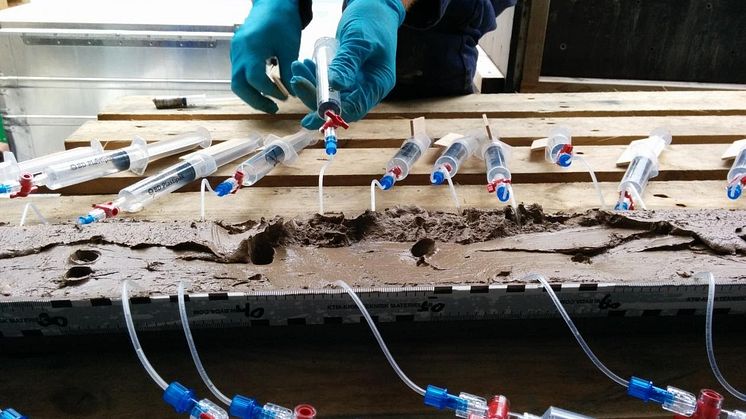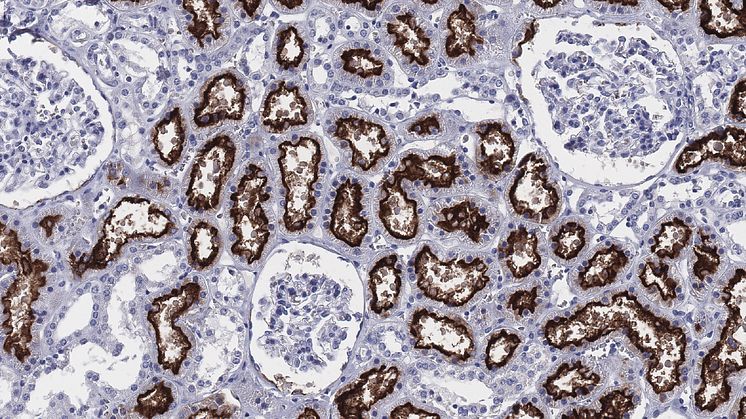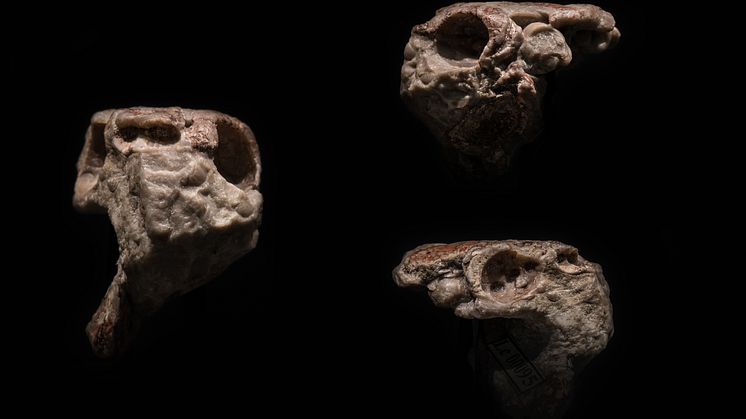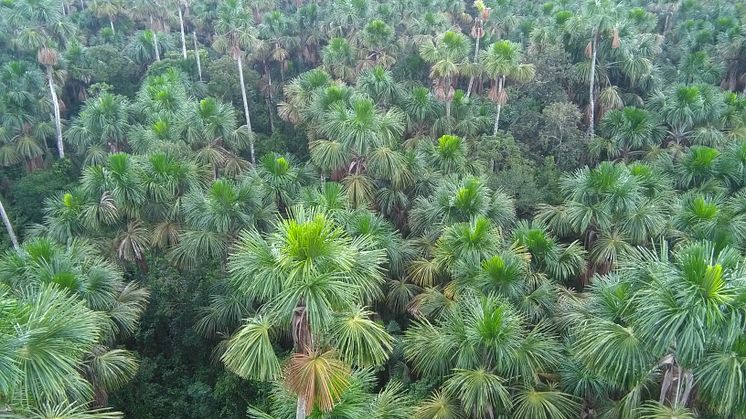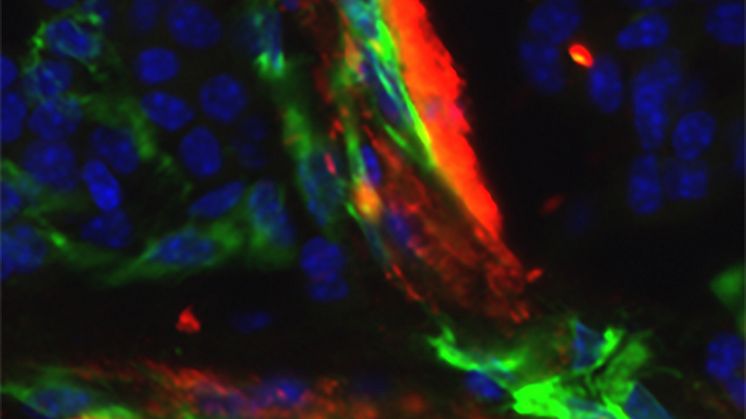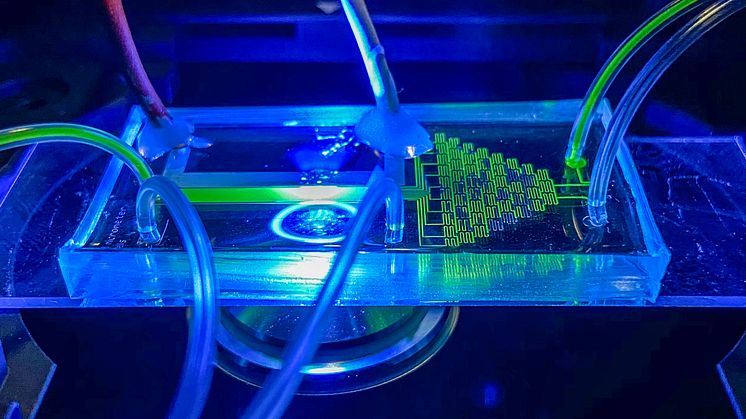
Novel technology for the selection of single photosynthetic cells for industry and ecosystem understanding
You might need a microscope to witness the next agricultural revolution. New research, published in the journal Science Advances, demonstrates how microfluidic technologies can be used to identify, isolate and propagate specific single photosynthetically active cells for fundamental industry applications and improved ecosystem understanding.
